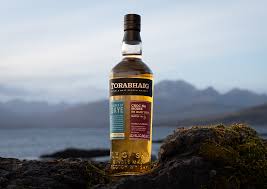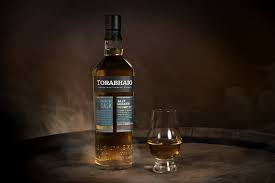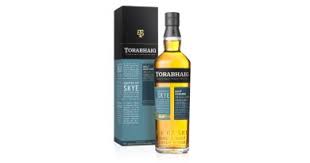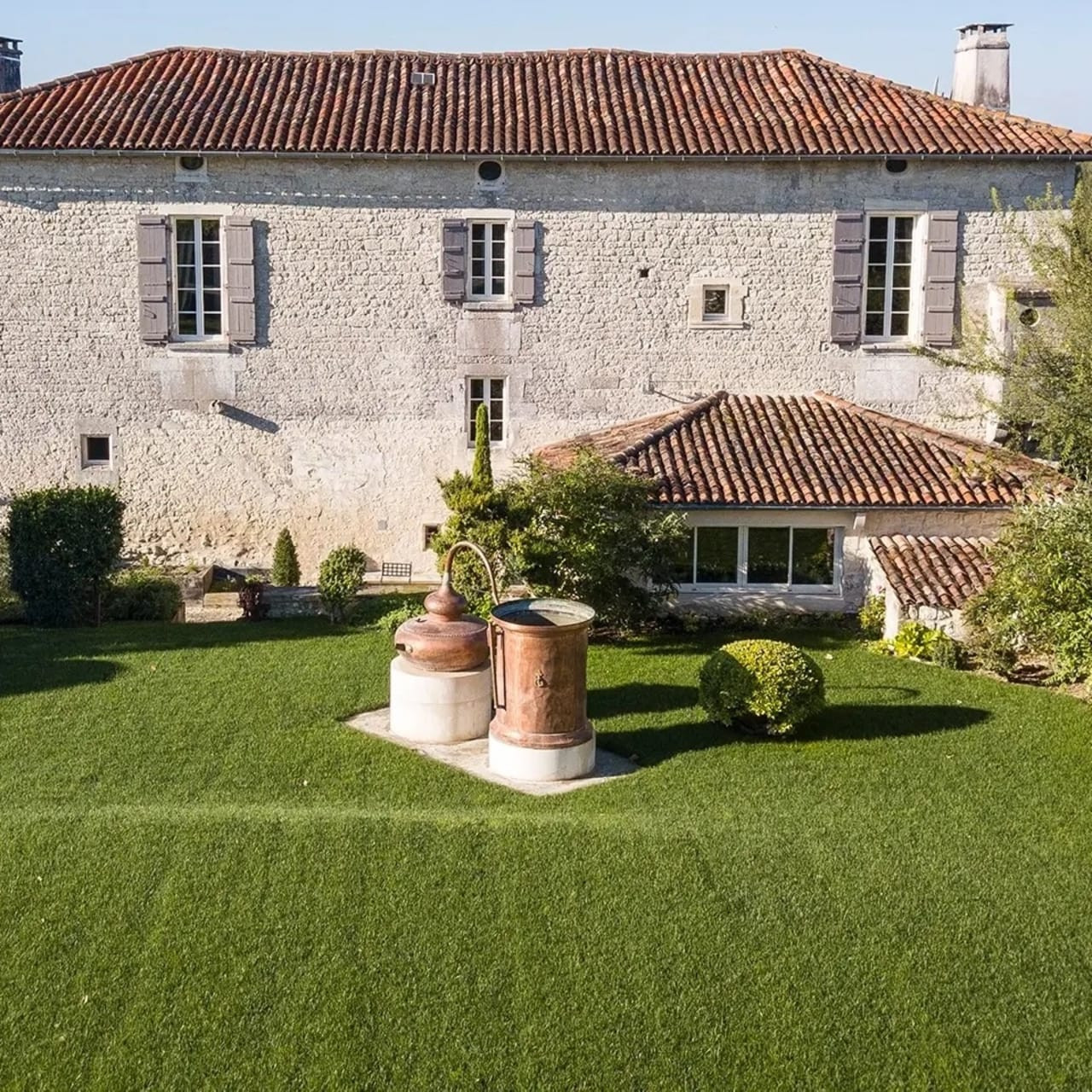Ciroc Snap Frost Vodka – from the Thinking Drinkers Archive

The Gaillac region may be the country’s oldest wine producing area but it’s also home to the latest addition to France’s bursting drinks cabinet. The Thinking Drinkers head to the South-West and discovers a pioneering spirit in more ways than one.
Not content with wonderful wines, beautifully crafted brandies, eye watering eau de vies and full-bodied firewaters, France is now a major stirrer and shaker when it comes to vodka.
At a time when French wine is withering on the vine, French vodkas are cooler than the other side of the pillow. Tap your nose and tell your friends because French vodka is blazing a trail through trendy bars on both sides of the Atlantic.
At the forefront of this French Revolution is the quintessentially Gallic “Ciroc Snap Frost” vodka. While the vast majority of vodkas are produced using wheat, potatoes or, in short, anything with starch in, Ciroc Snap Frost vodka is the world’s first and only vodka made from grapes.
Yes, in a move certain to make France’s viniculture vultures splutter their Chateau something or other down their cravats, Ciroc has managed to devise a way to turn wine into vodka! Not even Jesus managed that! Such a modern miracle like this has to be seen to be believed so we packed up our Martini glasses and hopped on a plane to Toulouse.
The Gaillac region is a peaceful French backwater, whose gently rolling hills are covered with vines and sunflowers. It is little surprise that the surrounding Tarn area, just a few hours from both the Mediterranean and the Spanish border, is becoming increasingly popular among the British buyers drawn by the climate, the wine, and relatively low property prices.
It is the distinctive Mauzac Blanc grape, however, that attracts Jean-Sebastian Robicquet, Ciroc’s distiller and a one-man charm assault, to Gaillac.
“Mauzac produces fruity wines that are sweet in the mouth with velvety hints of apple and a real citrusy flavour,” he says as we drive the 45 minutes from Toulouse to Gaillac. “It makes up the heart of Ciroc and was chosen for its aromatic character. There’s no other grape like it in the world.”
With the “work” part of the trip at the vineyard pencilled in for the next day we headed off to Cordes-sur-Ciel, a medieval fortified village to which Ciroc partly owes its name.
“The name Cîroc is a contraction of two French words: cime, meaning peak or summit-top and roche, meaning rock,” explained Jean-Sebastian. “It refers to the high-altitude vineyards where the Mauzac Blanc grapes are grown and also the stony village walls of Cordes-sur-Ciel.”
A Bastide town perched high up on a summit Cordes-sur-Ciel overlooks a breathtaking patchwork quilt of undulating vineyards and fields and the meandering Cerou river.
Albert Camus once wrote of Cordes-sur-Ciel: “The traveller who looks at the summer night from the terrace at Cordes knows that if he wishes it, the beauty of this place, day after day, will banish solitude.”
Albert’s not wrong either! That the fortified town boasts such a stunning view must have been a minor mercy for its inhabitants during the 13th century when the town was laid siege to during the Hundred Years War.
In a remarkable show of defiance, the Cathar residents defended the village from hordes of the King’s attackers for the best part of a century. The army’s dastardly plan of patiently waiting for the town to run out of water backfired after villagers cunningly dug a 300m well by hand.
The market well still stands proudly in the covered marketplace today but is now surrounded by artisan workshops and a handful of tourist-friendly cafes and restaurants.
Our next stop was the nearby Chateau de Mauriac for a dinner and a vodka or three.
This stunning 14th century fortress is a popular wedding spot and houses the work of Bernard Bistes, a French classicist painter who single-handedly restored the magnificent building. His choice of décor is as unrestrained as it is opulent where nude paintings rub shoulders with lavish antiques and ornate period furniture. The undoubted highlight, however, is the “Chinese bedroom” that houses a rare Ming bed. With only three examples in the world, newlyweds are asked to take out insurance before they sleep in it and any exaggerated “Comment ca va son pere?” is actively, yet politely, discouraged.
After a fantastic vodka-addled meal and a blissful night’s sleep in a less luxurious, albeit perfectly comfortable, bed at the Chateau de Salettes, a glorious 13th century chateau previously owned by the Toulouse-Lautrec’s, it was time to go and meet the grapes.
The Ciroc vineyard sits in a sheltered valley situated in France’s highest altitude wine growing region. Protected from the environment’s harsher elements such as heat and wind the Mauzac grapes retain their freshness and natural aromas.
“The grapes are left on the vine for an extended period of ripening and harvested late in the year, and even late in the evening, when the temperature is lower to help retain this freshness,” said Jean-Sebastian. “
The process used to make Ciroc is a complicated and rather lengthy one that, up until now, had been the exclusive domain of fine wines. The freshness of the grapes is preserved using cold maceration where the flavours are released very slowly at a temperature of eight degrees centigrade. “Cold maceration is key,” said Jean-Sebastian, “without that we’d lose the freshness straight away.” The concentrate is then cold fermented where it becomes a wine and then stored at very low temperatures.
Under similarly nippy conditions, this Ciroc essence then embarks on a four hour trundle from Gaillac to Cognac where it’s distilled.
“We don’t just bring Ciroc to Cognac for fun,” said Jean-Sebastian. “Nowhere else has this level of distilling expertise and this is where the Ugni Blanc grape can be found.”
Ah, the infamous Ugni Blanc. A grape that makes a dismal wine but is ideal for distillation and is a staple component of most cognacs. The aim for the Ugni Blanc grapes is to obtain a crystal clear and pure spirit that acts as a platform for the unique flavours of the Mauzac. “Ugni Blanc acts like a canvas on which other grape’s more complex flavours are painted,” explained Jean-Sebastian. “Ugni Blanc is the eau de cologne and Mauzac the perfume!”
The Ugni Blanc wine is distilled four times in a large column still and then once more in a traditional copper pot still where it is married with the Mauzac distillate and, voila, the final vodka is ready to be savoured.
But, surely, isn’t making vodka in Cognac a major non-non as far as the locals are concerned?
“At the beginning there were those who didn’t like the idea of producing anything other than cognac,” said Jean-Sebastian. “But people realise that things move on and as soon as they realise it’s likely to benefit the local community and businesses they soon come to accept it.”
Any local scepticism surrounding French vodka will have been swiftly eradicated by the news that Grey Goose, produced just 25kn down the road from Ciroc, has just been sold to a major spirits company for £2billion – not even the major Cognac houses wouldn’t turn their noses up at that.
The achingly trendy Grey Goose ploughed a furrow for French vodka when it first took flight in the UK many years ago. It arrived on British shores having being seen in all the right vodka martinis in New York.
Its success, established long before American drinkers had acquired a freedom fry on their shoulder about the French, can be attributed to both a funky looking bottle and a distinct multigrain style that combined wheat, rye and barley and limestone filtered water from the Cognac region’s Gente Springs.
Grey Goose Vodka L’Orange and Grey Goose Vodka Le Citron followed in 2002 and 2003 respectively and a vanilla vodka is on its way.
While Citadelle Vodka may share provenance with the other two (it too is sourced from Cognac) it shares very little else.
Citadelle owners Alexandre Gabriel and Jean-Dominique Andreu, set their sights on producing a wheat vodka from Cognac that leads on taste not neutrality.
“We knew that our master distiller would create a ‘one-of-a-kind’ vodka with great taste and not a bland water and alcohol mixture which unfortunately is too often the case with vodkas,” said Gabriel.
Capet wheat is taken from the Ile de France region and the water sourced from the Champagne limestone filtered spring of Gensac. “Properly distilled, Citadelle Vodka is incredibly smooth and yields fantastic aromas,” said Gabriel, “ranging from a cherry orange zest to the well-rounded smell of a French bakery in the morning.”
This article was first published in 2003 in France Magazine
Share this story
More from Spirit Club
-

Torabhaig Cnoc Na Moine
Introducing the highly awaited third chapter in the Torabhaig Legacy Series, Cnoc Na Moine. A testament to our distillery’s continuous evolution...
Read more -

Torabhaig Allt Gleann Batch Strength 61.1%
This release has all the typicity of Torabhaig that you would expect – bonfire smoke, salinity, maltiness, and sweet, vanilla-led...
Read more -

Torabhaig Allt Gleann 46%
Our second release in The Legacy Series, Allt Gleann is named after one of two burns that feed the distillery....
Read more


